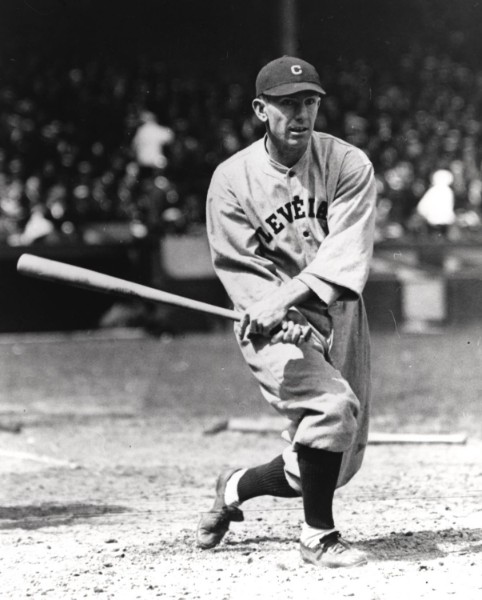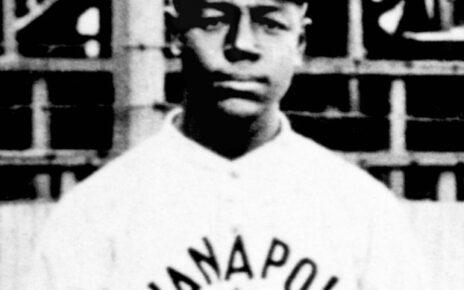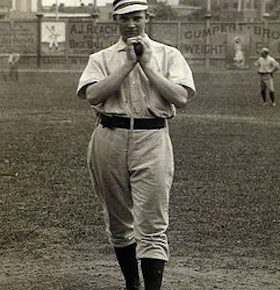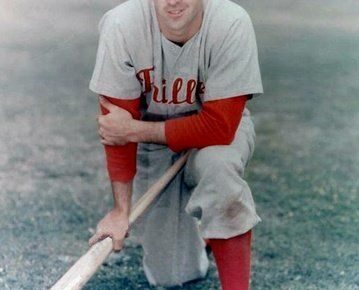Jack Graney spent fourteen seasons in Major League Baseball, first with the Cleveland Naps and then with the Cleveland American League club. I don’t particularly care about any of those seasons. It’s not that Graney was a bad player, he wasn’t. Graney walked a ton and got on base at a great clip, and if anything he was an undervalued player during his time in Cleveland. Still, that’s not reason enough to write about the Canadian native. Nope, I’m writing about Graney because of his two seasons in the Pacific Coast League with the Portland Beavers.
In 1908 Graney was at a crossroads in his career. He’d been a pitcher up until that point, but he’d had little success in that realm. He could throw hard, but he had a major problem throwing strikes. After a brief stint with the Naps where he only appeared as a pitcher he was sent to the Beavers. In Portland, he would pitch in 36 games and play the outfield in 10. We don’t really know much beyond his 12-13 record as a pitcher this season. It’s a safe bet to assume that Graney was probably mediocre as a pitcher, but we can’t say that for certain. In his 105 at-bats, Graney doesn’t appear to be any great shakes either. He managed a slash line of .229/?/.257 with 1 stolen base. However, the PCL did not track walks and we know from Graney’s major league career that he was a base on balls machine. That being the case I’m willing to say there’s not much we can glean from Graney’s two-way play this season.
The 1909 season saw Graney return to the Beavers and to his two-way play. He toed the rubber for 34 games this year while roaming the outfield for an additional 103. Graney was quite respectable as a pitcher, putting up an ERA of 2.27 and WHIP of 1.211 in 242.0 innings pitched. He was also much improved with the bat on his shoulders. The left-handed sluggers’ slash line was a more respectable .252/?/.358 with 3 home runs and 9 triples in 385 at-bats. Yet again the PCL did not track walks and that leads me to believe that Graney was quite the hitter for the Beavers, getting on base frequently. This season showed enough two-way promise that if Graney had kept plugging away at both sides of the ball it would have made sense.
The Naps had other ideas and when they recalled Graney in 1910 he was converted to a full-time outfielder and would never pitch another inning. I can understand that move as well, but perhaps in a different era, Graney would have helped the Naps more as an outfielder who also appeared out of the bullpen from time to time? We’ll never know whether that would have been the case and as is Graney is a two-way player with promise who never came close to getting a shot to fulfill said promise.
Lead photo courtesy of Unknown – National Baseball Hall of Fame Library




